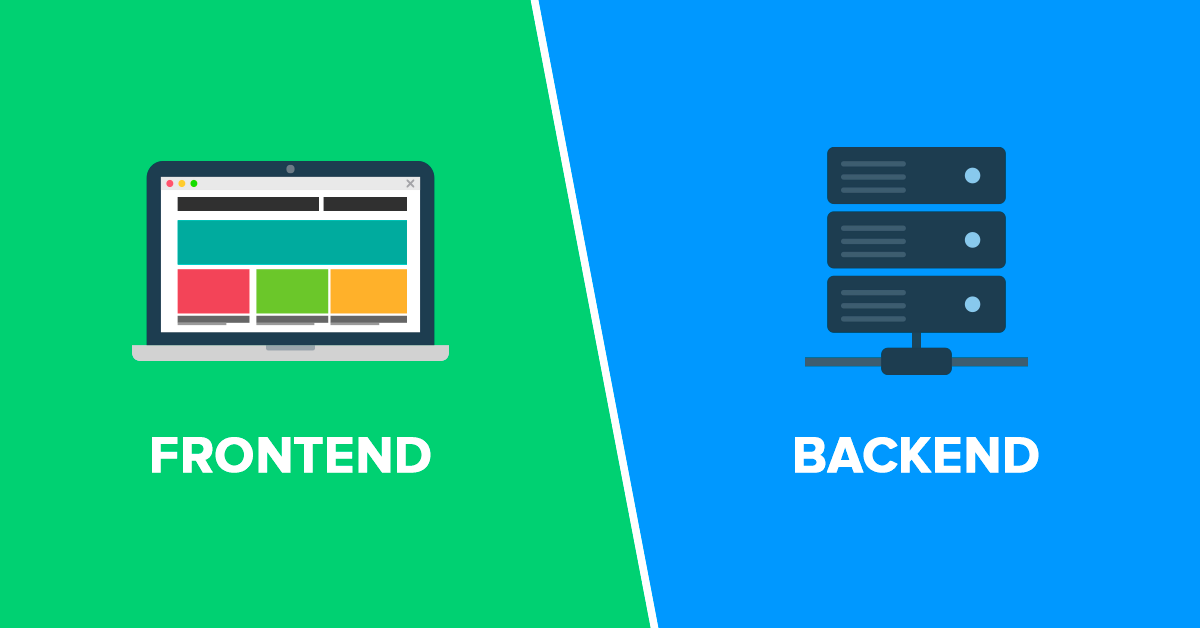How Do Front-End and Back-End Technologies Differ From One Another?

The front-end and the back-end are the two primary components that collaborate behind the scenes when creating a website or web application. Anyone interested in technology, web design, or programming must comprehend the distinctions between these two aspects of web development. This post will define front-end and back-end technologies, discuss their differences, and discuss how they complement one another to build contemporary websites.
Front-end technology: what is it?
The area of a website that users view and interact with is called the front-end. Everything that is visible in the web browser, including buttons, images, text, forms, and layout, is referred to as the client-side.
Among the front-end technologies are:
HyperText Markup Language, or HTML, is used to create the framework of web pages.
Cascading Style Sheets, or CSS, are used for visual design and styling.
JavaScript: for dynamic content and interaction
Additionally, contemporary front-end developers make use of frameworks and libraries such as
React
Vue.js
Angular
These tools facilitate the development of intricate user interfaces and enhance the user experience.
Back-end technology: what is it?
The server-side portion of a website is called the back-end. It is in charge of managing business logic, storing and organising data, and reacting to front-end requests.
Among the back-end technologies are:
Python, PHP, Ruby, Java, and Node.js are examples of programming languages.
Databases like MongoDB, PostgreSQL, or MySQL
Web servers such as Nginx or Apache
The systems that support functions like user accounts, data processing, and login forms are created by back-end developers. Behind the scenes, they make sure everything goes without a hitch.
Important Distinctions Between Front-End and Back-End
| Feature | Front-End | Back-End |
|---|---|---|
| Runs on | User’s browser (client-side) | Server (server-side) |
| Technologies | HTML, CSS, JavaScript, React, etc. | Python, PHP, Node.js, databases, etc. |
| Focus | User interface and experience | Logic, data storage, server handling |
| Directly visible? | Yes | No |
How Do They Cooperate?
Both front-end and back-end technologies are necessary for a full web application. A request is made to the server (back-end) when a user clicks a button in the browser (front-end). After processing the request and retrieving or updating data from the database, the server replies to the front-end, which modifies the user’s view.
In conclusion
Although they have different uses, front-end and back-end technologies are equally crucial to web development. They work together to produce the seamless, engaging, and potent online experiences we use on a daily basis. Success in the digital world depends on your ability to comprehend both sides, whether you’re creating a straightforward website or a sophisticated web application.
